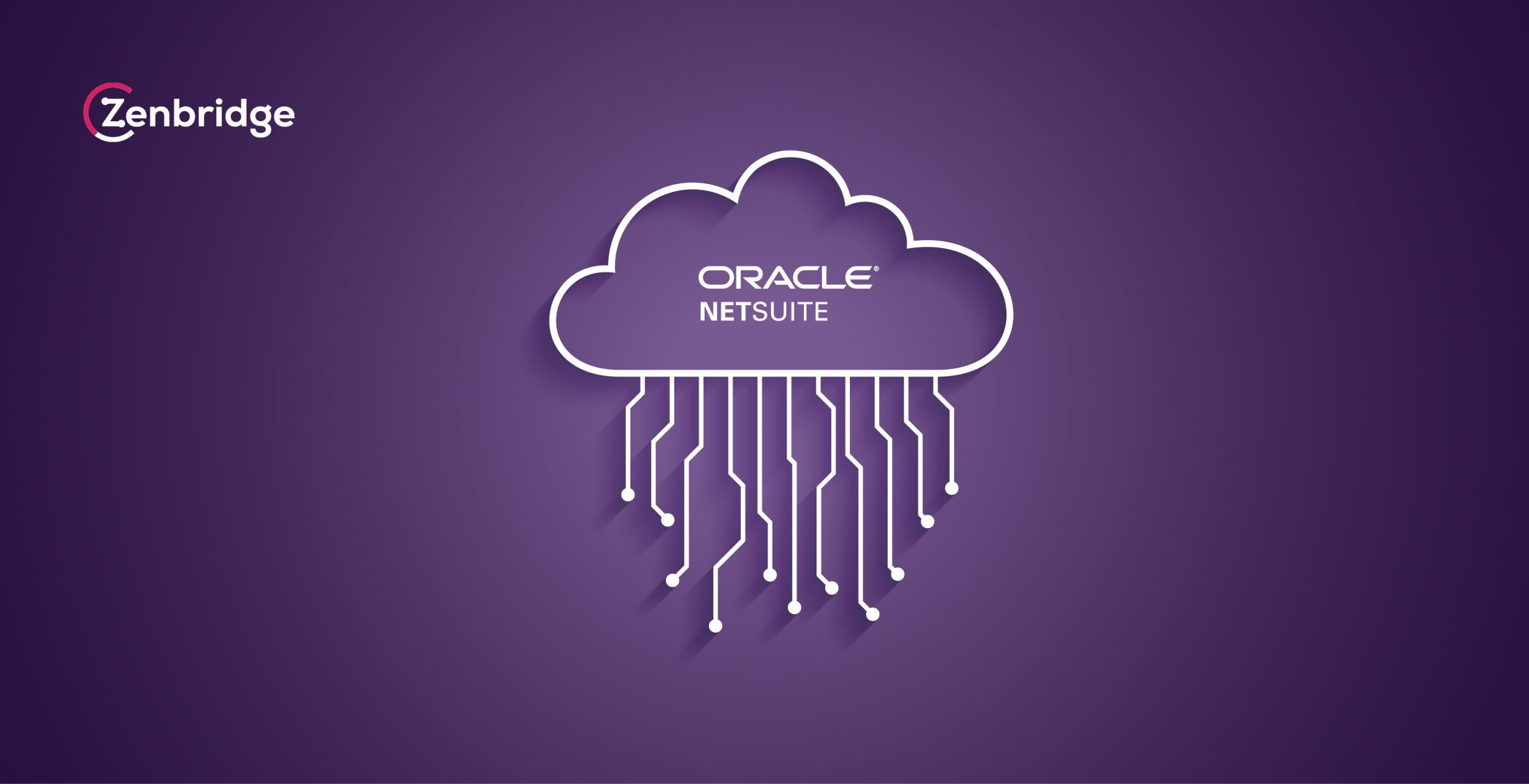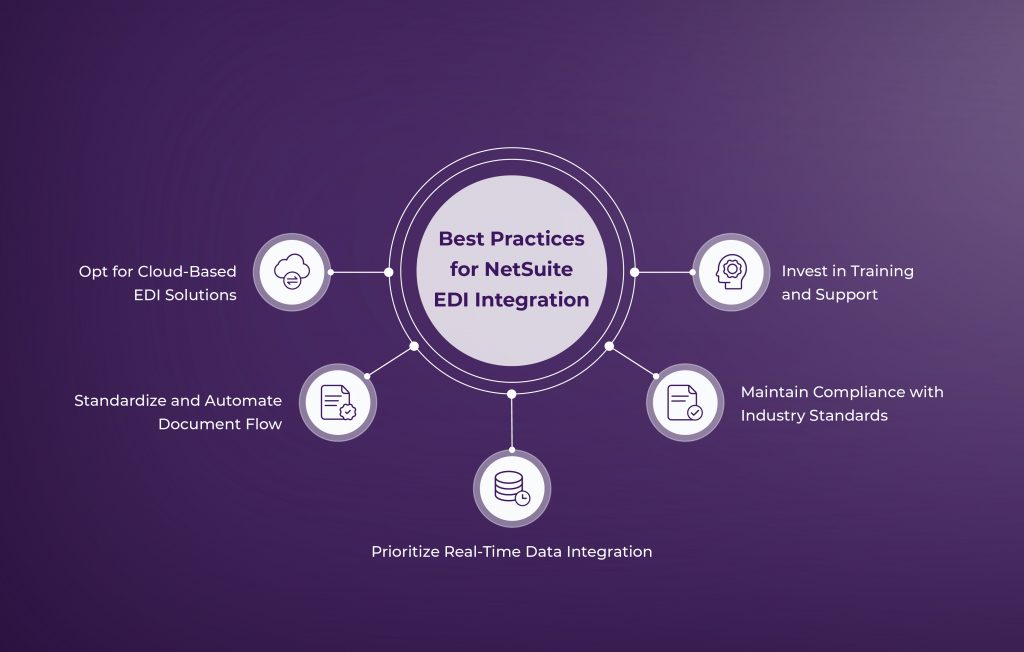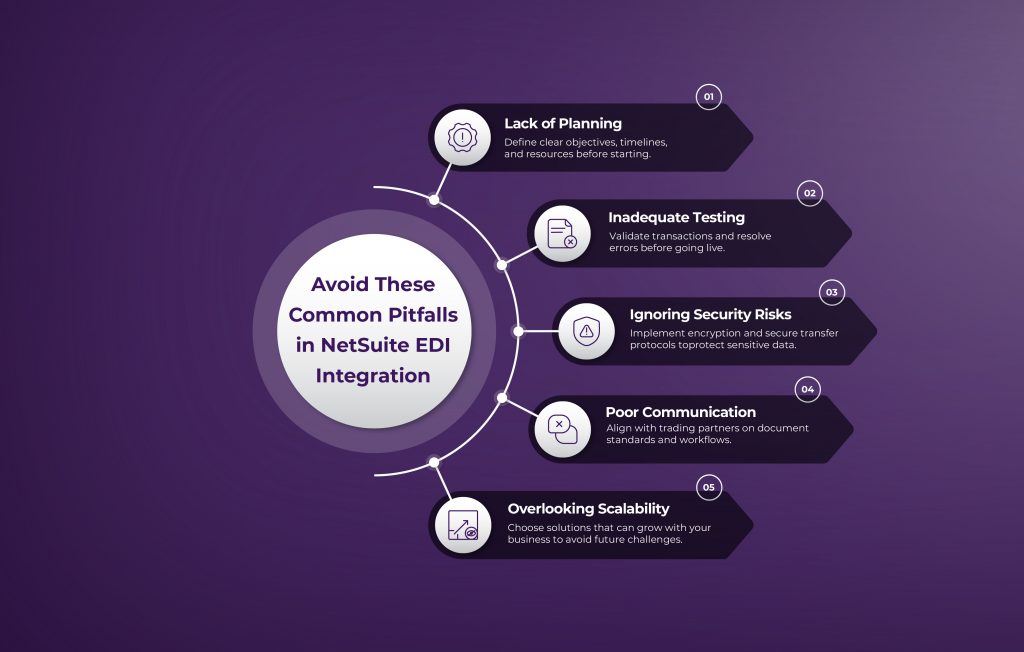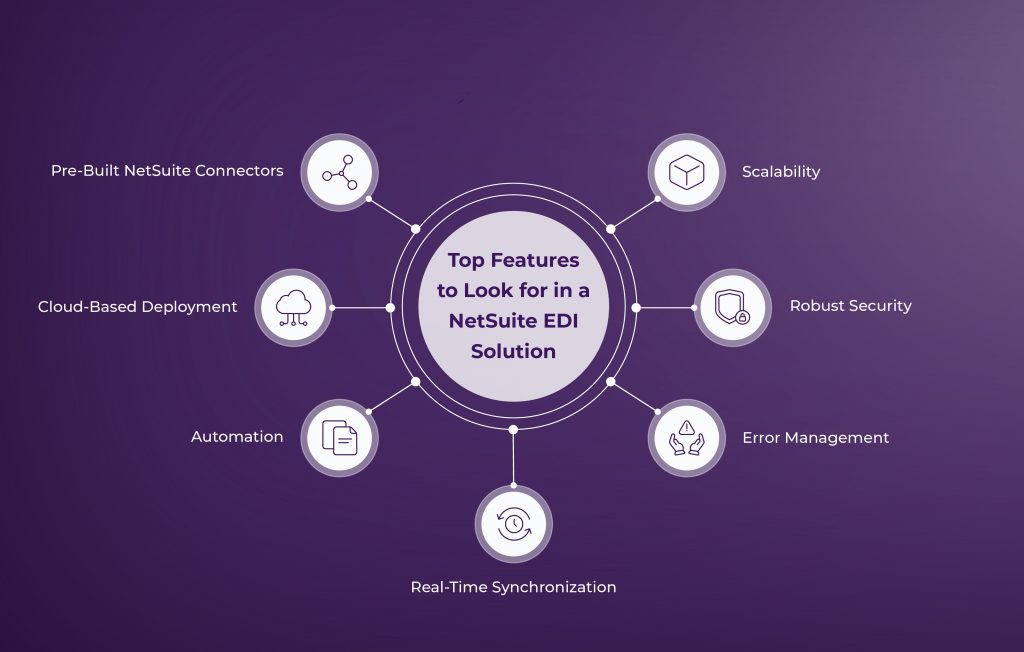Mastering NetSuite EDI Integration: Best Practices for 2025 Success

Managing a growing business comes with its challenges, especially when dealing with disconnected systems that don’t communicate effectively. What if you could not only bring all your essential business functions- like finances, customer relations, and supply chain management- into one reliable platform but also ensure they seamlessly exchange information with your trading partners?
Oracle NetSuite is designed to streamline operations, enhance transparency, and support business growth by simplifying internal processes. However, when it comes to external communication—such as sending purchase orders, invoices, and shipping details to trading partners—Electronic Data Interchange (EDI) becomes a game-changer. By integrating EDI with NetSuite, businesses can bridge the gap, automating the flow of critical data between NetSuite and trading partners. This powerful combination delivers end-to-end efficiency, reduces manual effort, and ensures unparalleled accuracy, enabling your business to operate like a well-oiled machine.
Why Choose Oracle NetSuite?
Oracle NetSuite, trusted by over 40,000 customers in more than 200 countries, is a leading cloud-based ERP solution designed to streamline operations, enhance transparency, and support business growth. While NetSuite simplifies internal processes, integrating Electronic Data Interchange (EDI) takes your operations to the next level by automating the exchange of critical business data, such as purchase orders, invoices, and shipping details.
Combining NetSuite’s ERP capabilities with an efficient EDI solution improves efficiency, eliminates manual tasks, and reduces errors, ensuring your business operates smoothly.
What is EDI, and Why Should it be Integrated with NetSuite?
Electronic Data Interchange (EDI) is a digital method for exchanging business documents—such as purchase orders, invoices, and shipping notices—between trading partners. It eliminates paper-based transactions, accelerates processes, and minimizes errors. Integrating EDI with NetSuite offers three key benefits:
- Cost Savings: Automating manual processes reduces costs associated with supplies and labor, while minimizing errors that can lead to delays and inefficiencies. This results in better profit margins and streamlined operations.
- Stronger Business Relationships: Accurate and timely data exchange improves communication with trading partners, fostering trust and collaboration. Strong relationships drive mutual success and enhance your reputation.
- Streamlined Operations: Automating document exchange saves time, reduces errors, and provides real-time data, improving supply chain efficiency and enabling faster decision-making.
Industries Benefiting from NetSuite + EDI Integration
Various sectors are leveraging the power of NetSuite and EDI integration to enhance their operations, including:
- Retail & E-Commerce: Automates order fulfillment and inventory management.
- Manufacturing: Simplifies procurement, production, and distribution.
- Logistics & Supply Chain: Streamlines shipment tracking and partner collaboration.
- Healthcare: Ensures timely deliveries and compliance with regulations.
- Food & Beverage: Enhances traceability and inventory management.
Regardless of the industry—whether retail, manufacturing, or healthcare—EDI integration with NetSuite can optimize operations, reduce manual tasks, and improve data accuracy.
Best Practices for NetSuite EDI Integration

1. Opt for Cloud-Based EDI Solutions
Cloud-based solutions are scalable, cost-effective, and require minimal IT resources. They integrate seamlessly with NetSuite, enabling real-time access and flexibility.
2. Standardize and Automate Document Flow
Automating business documents, like purchase orders and invoices, eliminates manual data entry and ensures consistency among trading partners.
3. Prioritize Real-Time Data Integration
Real-time data exchange between NetSuite and trading partners supports quicker decision-making, improved order fulfillment, and enhanced operational visibility.
4. Maintain Compliance with Industry Standards
Ensure your EDI solution adheres to standards like X12, EDIFACT, or JSON to avoid data discrepancies and regulatory risks.
5. Invest in Training and Support
Equip your team with the necessary skills to manage and optimize the EDI system effectively. Select an EDI provider that offers ongoing support and training for smooth operations.
Avoid These Common Pitfalls in NetSuite EDI Integration

- Lack of Planning: Define clear objectives, timelines, and resources before starting.
- Inadequate Testing: Validate transactions and resolve errors before going live.
- Ignoring Security Risks: Implement encryption and secure transfer protocols to protect sensitive data.
- Poor Communication: Align with trading partners on document standards and workflows.
- Overlooking Scalability: Choose solutions that can grow with your business to avoid future challenges.
By steering clear of these pitfalls, you can ensure a seamless and efficient integration process.
Top Features to Look for in a NetSuite EDI Solution

When selecting an EDI solution, consider features that ensure compatibility, efficiency, and scalability:
- Pre-Built NetSuite Connectors: Simplify integration and reduce setup time.
- Cloud-Based Deployment: Flexible, scalable, and low maintenance.
- Automation: Streamline document exchange to save time and minimize errors.
- Real-Time Synchronization: Update data instantly for faster decision-making.
- Error Management: Automated alerts and tools for issue resolution.
- Robust Security: Encryption and secure transfer protocols to safeguard data.
- Scalability: Support for growing transaction volumes and additional trading partners.
How Zenbridge Simplifies NetSuite EDI Integration
Zenbridge offers a revolutionary approach to NetSuite EDI integration, providing speed, accuracy, and customization. Here are the key benefits:
1. Fastest Integration Time
Zenbridge’s pre-configured solutions enable businesses to integrate with NetSuite in less than two weeks, significantly accelerating time-to-value.
2. Real-Time Compliance Validation
Zenbridge ensures error-free data through real-time validation, saving you valuable time on manual corrections.
3. Automation of Core Workflows
Zenbridge automates essential processes such as order and inventory management, which enhances operational efficiency.
4. Dedicated NetSuite Experts
Every Zenbridge pricing plan includes access to a dedicated NetSuite expert, ensuring a smooth setup and ongoing support.
By prioritizing flexibility, speed, and expert guidance, Zenbridge helps businesses unlock the full potential of NetSuite EDI integration.
Conclusion
Integrating EDI with NetSuite is more than a technical upgrade—it’s a strategic move that drives efficiency, reduces costs, and strengthens business relationships. By adopting best practices, such as automation, real-time synchronization, and scalable solutions, businesses can ensure a smooth transition and maximize the benefits of this integration.
With 2025 on the horizon, there’s no better time to future-proof your operations. Zenbridge offers the expertise, innovation, and fast deployment you need to make NetSuite EDI integration a success.
Take the Next Step
Discover how Zenbridge can revolutionize your EDI experience with NetSuite.
Schedule your demo with us today and empower your business to thrive in the fast-paced digital economy.